David LaChapelle walked away from the world of celebrities to be a farmer
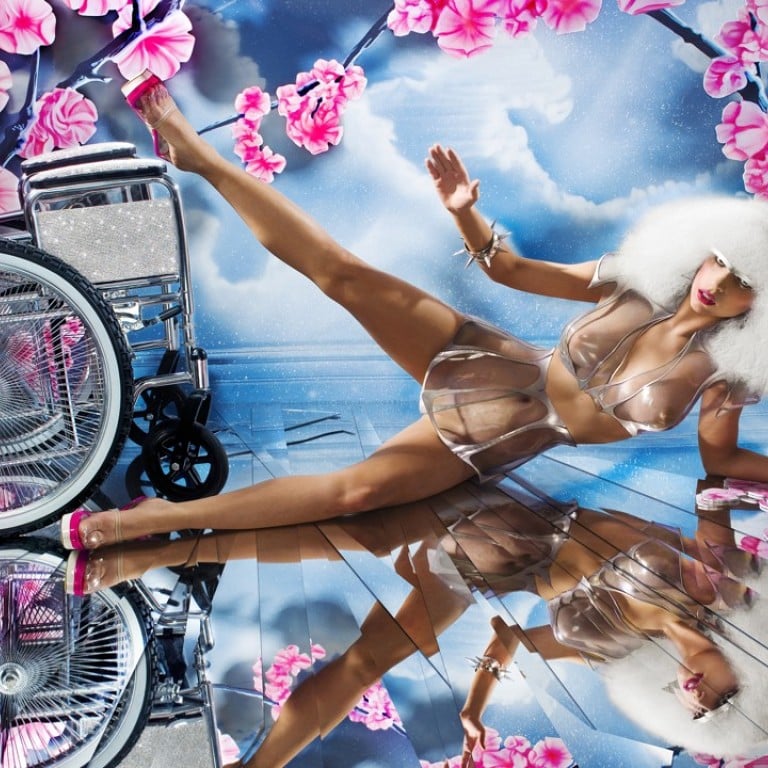
Photographing glamorous celebrities was, for 25 years, all in a day’s work for American David LaChapelle. One day, he walked away from Lady Gaga, Michael Jackson, Leonardo DiCaprio, Katy Perry, Kanye West, David Bowie, Hillary Clinton and Muhammad Ali – to be a farmer. But that was not his destiny.
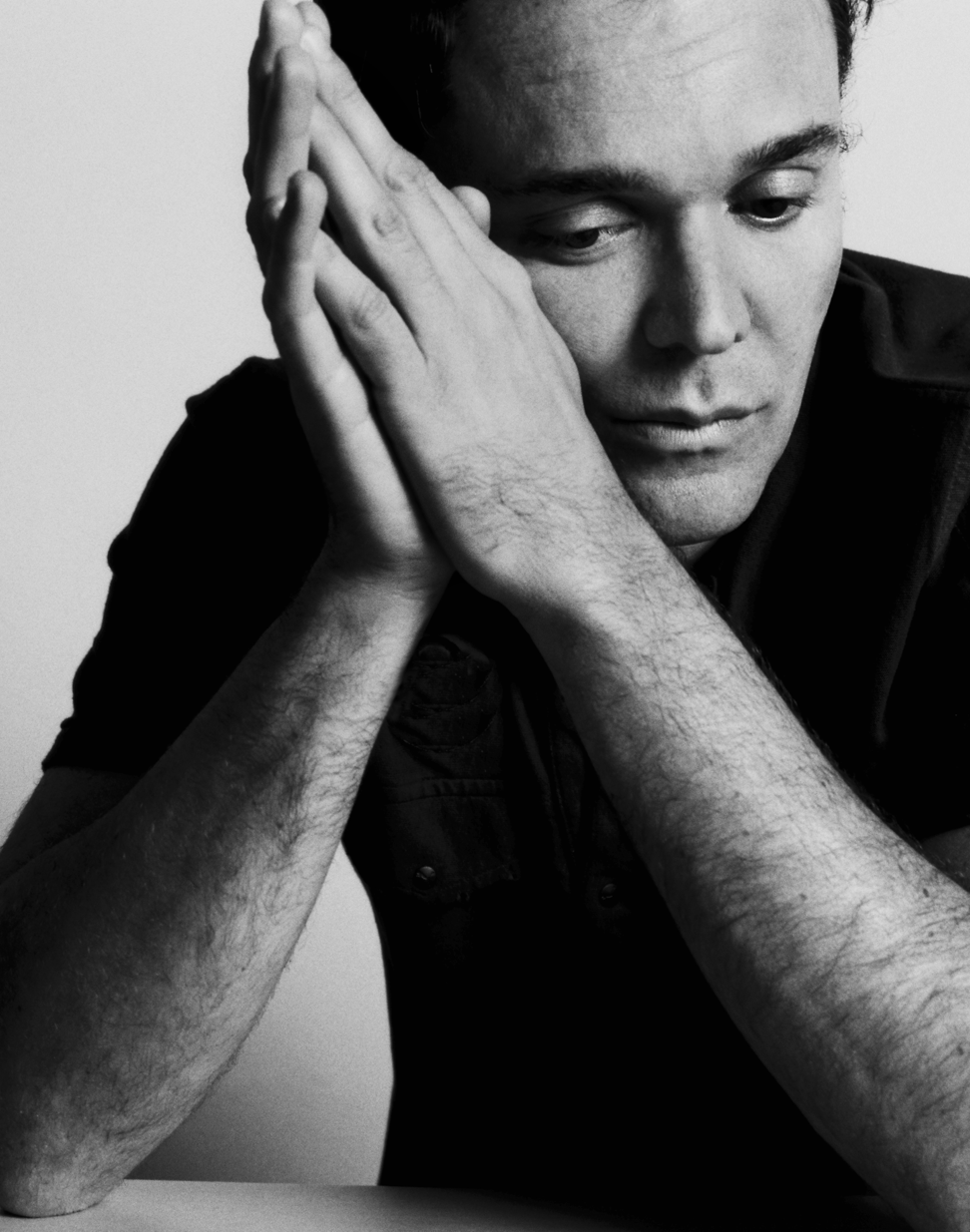
This time, he was photographing an event for fun. In the old days, it was something he did to make ends meet before pop art legend Andy Warhol hired him as a photographer for pop culture magazine Interview after seeing his work at a gallery in New York City’s East Village.
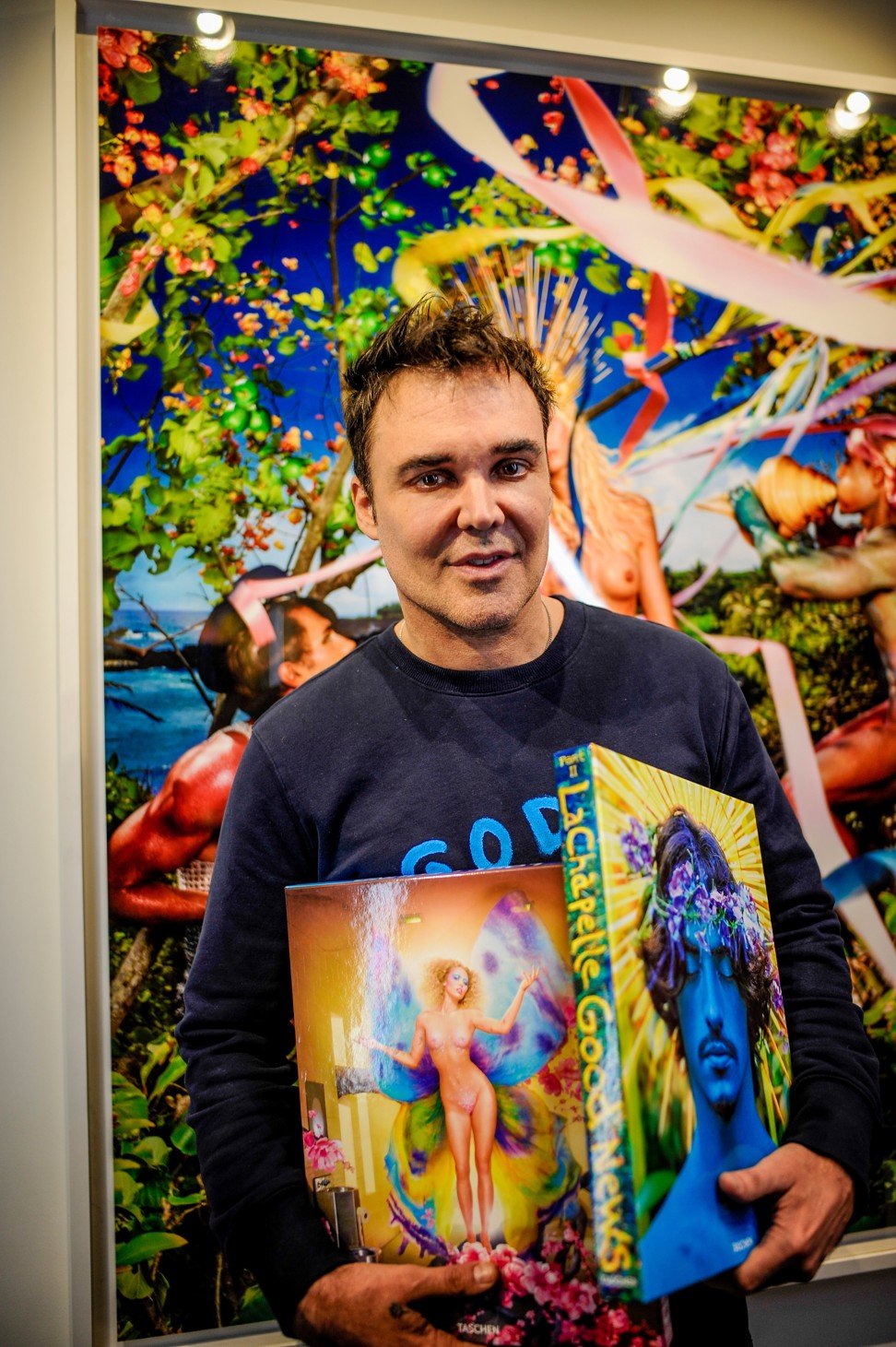

“I wasn’t burnt out as some magazines have said,” LaChapelle recalls. “I felt like I’d said all I could say in that context. I wanted to try a different life, which was farming on this tropical island. I don’t want to do something just for the money or for the wrong reasons, so I stopped at the very top of that world and walked away.”
Back in the ’90s and early 2000s, LaChapelle’s works could be found on the covers and fashion editorials of Vanity Fair , Vogue Italia , Vogue Paris , i-D, The Face , GQ and The New York Times , and he directed music videos for Mariah Carey, Elton John and No Doubt (which included Gwen Stefani), and made documentaries Krumped (2004) and Rize (2005).
I don’t want to do something just for the money or for the wrong reasons, so I stopped at the very top of that world and walked away
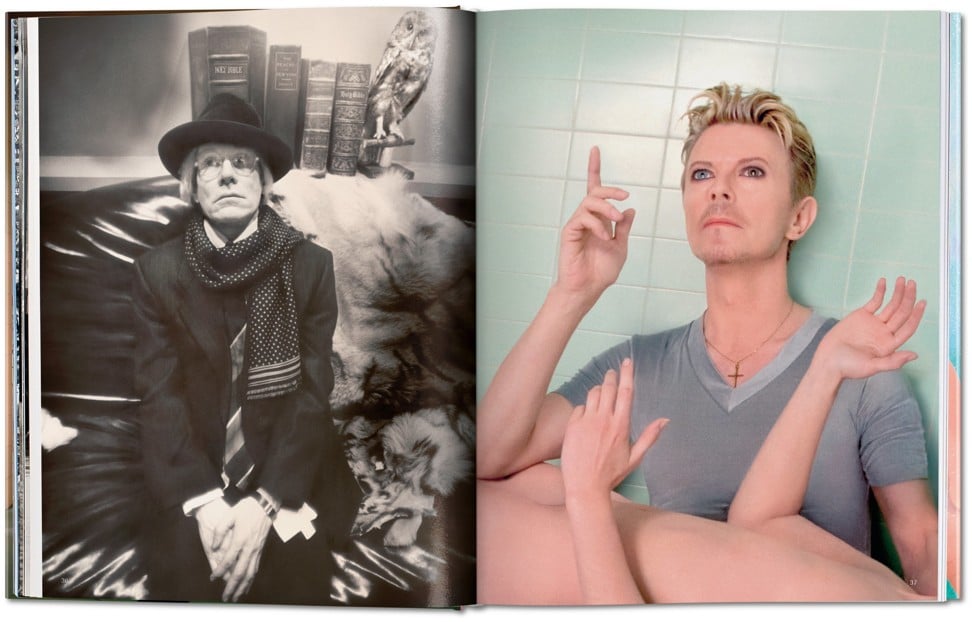
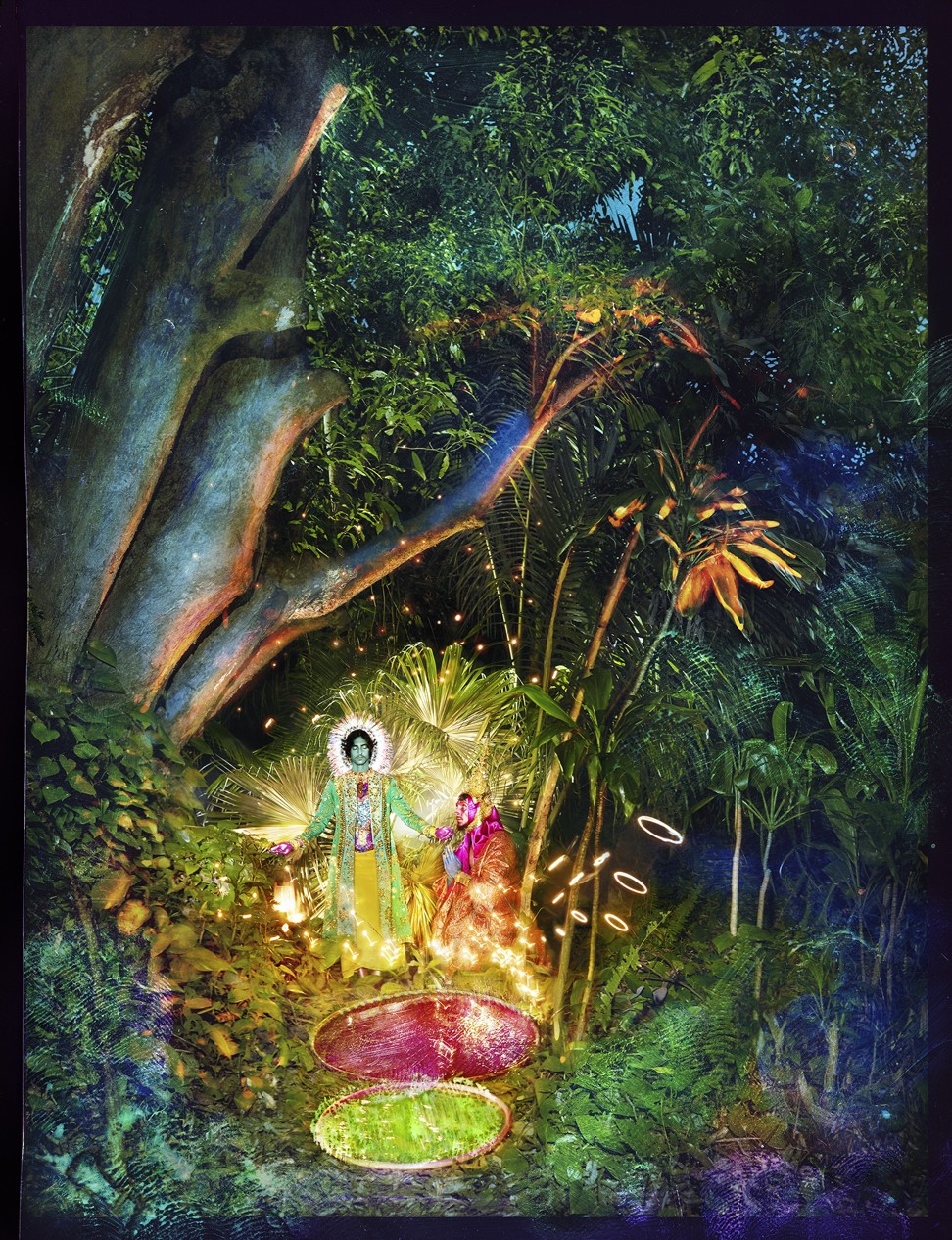
Connecticut-born LaChapelle dropped out of high school when he was 15 and moved to New York City, where he worked at the fashionable Studio 54 nightclub. Two years later, his father visited him in New York and asked him to resume his studies. He then enrolled at both the Art Students League and the School of Visual Arts where he learned photography.
In 2007, he created “Deluge”, a photography series inspired by Michelangelo’s masterpiece The Deluge painted on the ceiling of the Sistine Chapel, symbolising the decline of universal values and the ever growing attachment to material goods. It marks a turning point and transition for the photographer.
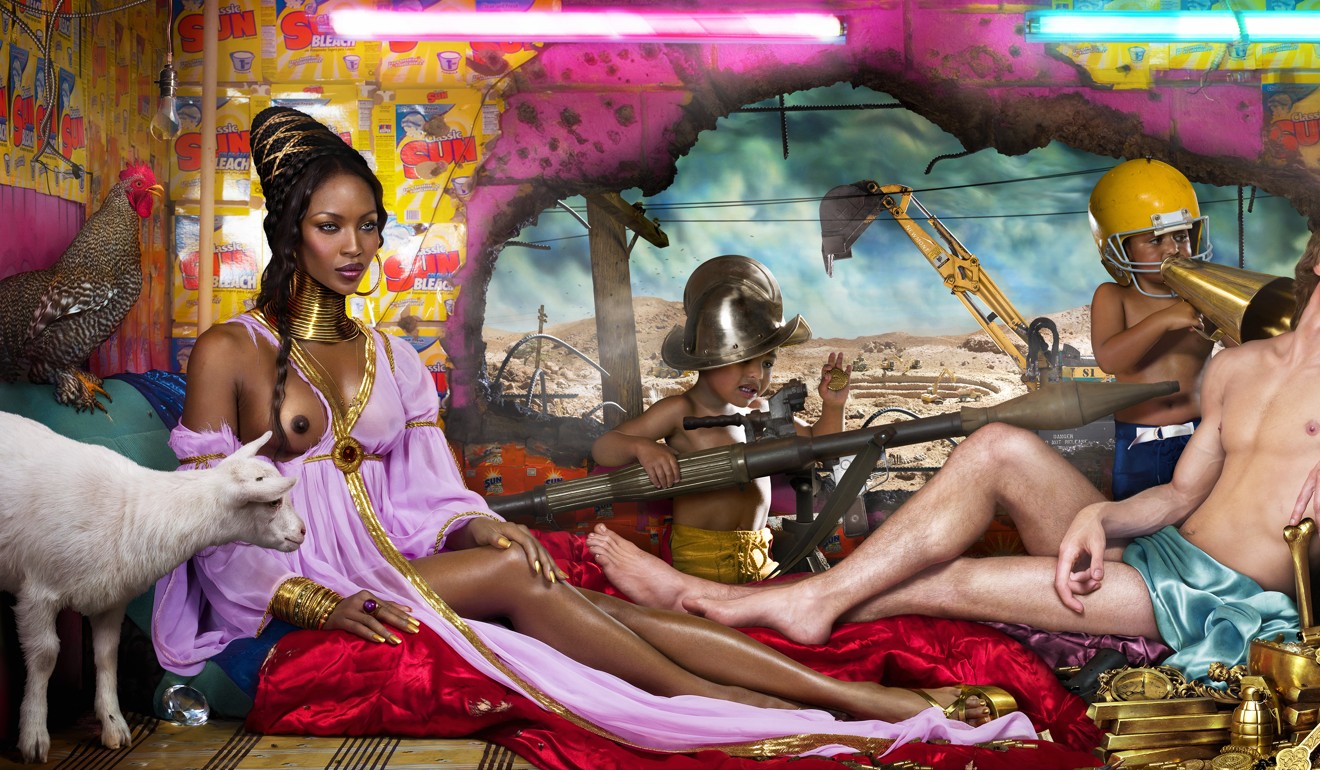
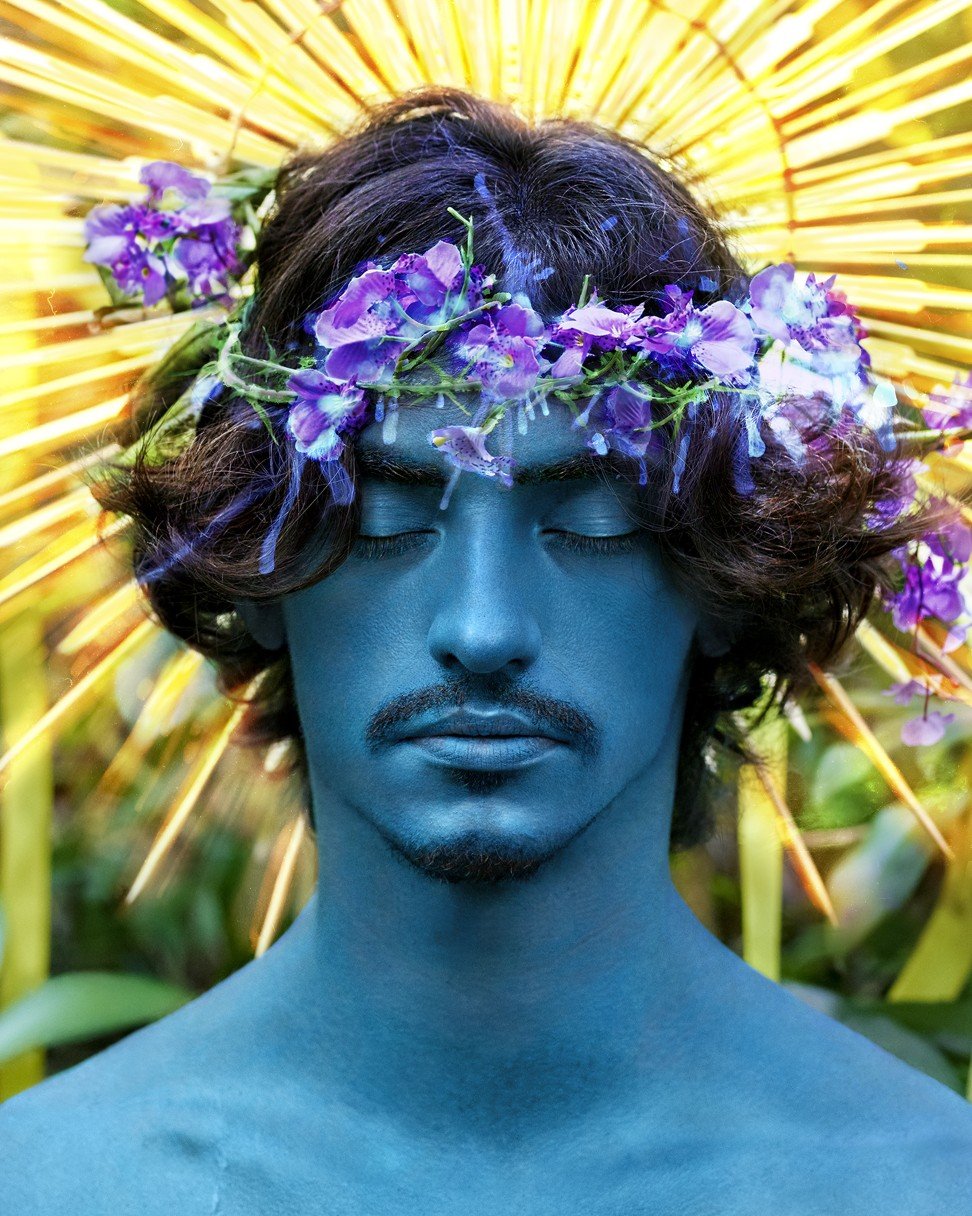
LaChapelle is not into the digital world of Instagram and Facebook. “I don’t take photos for Instagram. I don’t do social media. I’m not on any social media,” he says. “It has really strengthened my works in a sense because my works look so different from what you see on Instagram ... We all have access to paper, that doesn’t mean there are more great writers.”

The photographer decided that he had said everything he could about the fashion and entertainment world and bought a plot of land in Hawaii